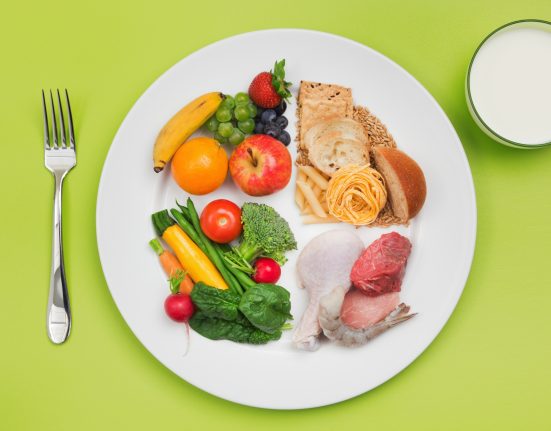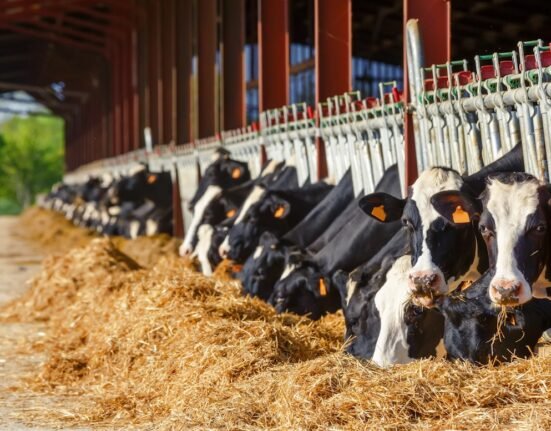Global Food Commodity Prices Surge in April 2025: FAO Report
In April 2025, global food commodity prices continued their upward trend for the second consecutive month, as reported by the Food and Agriculture Organization of the United Nations (FAO). The FAO Food Price Index, a key indicator of global food market trends, rose by 1.0% from March, reaching 128.3 points. This marks a 7.6% increase compared to April 2024, driven primarily by higher prices of cereals, meat, and dairy products. However, vegetable oil and sugar price declines highlight the complex dynamics shaping the global food market.
Key Insight: The FAO Food Price Index reflects supply, demand, and external factors like currency fluctuations and trade policies, offering a comprehensive view of global food commodity trends.
Cereal Prices Climb Amid Supply Constraints
The FAO Cereal Price Index saw a 1.2% increase from March 2025, fueled by several key factors:
- Wheat Prices: A modest uptick was observed due to tightening exportable supplies, particularly in the Russian Federation.
- Rice Prices: The FAO All Rice Price Index rose, driven by robust global demand for fragrant rice varieties.
- Maize Prices: Seasonal reductions in stock levels in the United States contributed to higher international maize prices.
Additional pressures, such as currency fluctuations and adjustments in tariff policies, introduced uncertainty in global cereal markets, impacting price stability.
Meat Prices Surge Across Categories
The FAO Meat Price Index jumped by 3.2% in April compared to March, with all meat categories experiencing price increases. Notable trends include:
- Pig Meat: Led the surge, driven by strong global demand.
- Bovine Meat: Prices strengthened, particularly in major exporting countries like Australia and Brazil, due to limited export availability and steady import demand.
These rises reflect a tightening global meat market, with supply constraints playing a significant role.
Dairy Prices Soar to Record Highs
The FAO Dairy Price Index surged by 2.4% from March, a remarkable 22.9% higher than April 2024. This sharp increase was driven by several nuanced factors affecting the dairy sector:
- Butter Prices: International butter prices reached an all-time high, propelled by critically low European inventories, particularly in major producing countries like France and Germany. Seasonal declines in milk production and high demand for butter in retail and food service sectors exacerbated the supply crunch.
- Cheese Prices: Global cheese prices rose, driven by strong import demand from Asia and limited export availability from Europe and Oceania. The popularity of processed and specialty cheeses in emerging markets added upward pressure.
- Milk Powder: Prices for skim and whole milk powder increased modestly, supported by steady demand for use in confectionery, infant formula, and other processed foods, despite some regional variations in supply.
- Supply Chain Challenges: Logistical bottlenecks, including rising freight costs and labour shortages in key dairy-producing regions, contributed to higher costs across the supply chain, impacting final prices.
- Climate Impacts: Adverse weather conditions, such as prolonged droughts in parts of Europe and Oceania, have reduced pasture quality and milk yields, tightening global dairy supplies.
These dynamics highlight the vulnerability of the dairy market to both supply-side constraints and shifting consumer preferences, with significant implications for global food inflation.
Vegetable Oil and Sugar Prices Decline
Not all food commodities followed the upward trend. The FAO Vegetable Oil Price Index dropped by 2.3% from March, though it remained 20.7% higher than the previous year. Key developments include:
- Palm Oil: Prices fell due to seasonally higher production in major Southeast Asian countries.
- Soy and Rapeseed Oil: Prices rose, supported by strong global import demand.
- Sunflower Oil: Prices remained stable, balancing the vegetable oil market.
Similarly, the FAO Sugar Price Index declined by 3.5% from March, driven by:
- Concerns over a weakening global economic outlook.
- Potential reductions in demand from the beverage and food processing sectors account for most global sugar consumption.
What’s Driving These Trends?
The April 2025 food price movements reflect a combination of supply-side challenges, demand dynamics, and external factors, including:
- Supply Constraints: Reduced exportable wheat, meat, and dairy supplies are tightening global markets.
- Seasonal Factors: Higher palm oil production and lower maize stocks influence price trends.
- Economic Uncertainty: Global economic concerns impact sugar demand, while currency fluctuations affect cereal markets.
- Trade Policies: Tariff adjustments are adding complexity to price stability.
- Climate and Logistics: Adverse weather and supply chain disruptions exacerbate price volatility, particularly in the dairy sector.
Looking Ahead: Implications for Global Food Markets
The continued rise in the FAO Food Price Index, particularly in dairy, signals potential global food security and affordability challenges. Policymakers, producers, and consumers must navigate these evolving trends carefully. Stay informed with the latest updates from the FAO Markets and Trade Division to understand how these changes may impact food supply chains and prices in the coming months.
Source: Food and Agriculture Organisation of the United Nations (FAO), April 2025 Report







